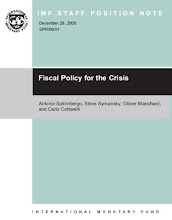Last year Bihar faced flood that it hadn’t seen for fifty years and no one had any clue as what measure would be required to curtail it. yesterday Tata motors launched it people car- nano, which will be available to public by mid this year. Government, public & private institutions seem to be unaware and under-prepared for the NANO flood, which will grip the nation 2010 onwards.
Though nano potential market in India has been sized by many investment firms, but as the product itself is evolutionary, so will evolve its customers. In a country where public transportation has been never been emphasized on the potential is enormous. India young population is filled with such potential, we at the potential buyers which will come into being once Nano hits the market.
Nano is most likely to emerge as second car of choice for the family, where even housewives would demand, from grocery shopping to mall shopping, Nano is going to emerge as the transporting alternative for shopping escapades of upper-class Indian housewives and middle-class families which have long been waiting for second cheap alternative.
A large number of collage going crowd which till now ply on two-wheeler ranging from Rs 50,000 to 1Lac. Soon, a large number of them would be turning towards Nano, this conversion would further flood not only the road but already cramped educational institutions, which may have to invest in parking lots than on labs.
Semi-urban areas are another two-wheeler bastion, which will get dismantled by introduction of Nano car. More are more people are likely to dump three-wheeler autos and expensive SUVs for tata nano, which for some-time will have smooth run in the narrow lanes of small cities. But,



